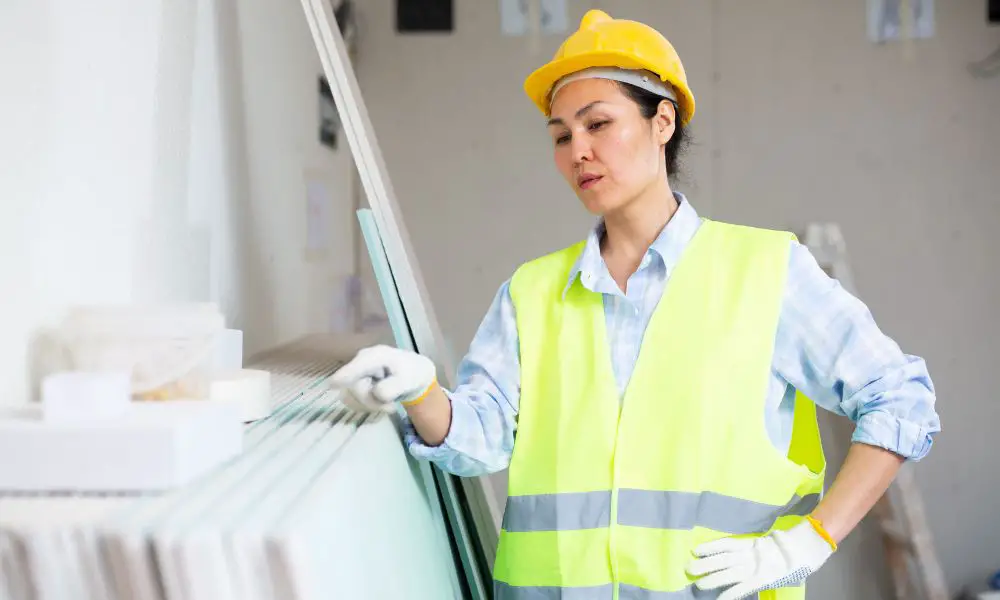

Starting a drywall project can seem straightforward, yet there are many potential pitfalls that can affect the quality, durability, and appearance of the finished walls. Whether you’re a DIY enthusiast or a professional contractor, you need to be aware of the common mistakes that can occur during the installation process.
Let’s look at common mistakes to avoid when starting drywall projects and how to ensure a successful outcome.
One of the biggest mistakes when starting a drywall project is not preparing the wall surface adequately. This misstep can lead to poor adhesion and result in cracks, bumps, or other imperfections on the finished wall. To avoid this mistake, make sure to remove any old wallpaper, sand down rough patches, and fill in any holes or gaps before installing the drywall.
Using the wrong materials is another common mistake that can cause problems during a drywall project. Choose the appropriate thickness of drywall for your specific project that’s rated for fire- and moisture-resistance. Additionally, using low-quality joint compounds or using the wrong type of screws or nails can lead to issues down the line.
Accurate measurements and precise cuts are critical for a successful drywall installation. Making mistakes in these steps can result in uneven walls, visible gaps, or excess waste, leading to additional time and money spent on repairs. Take the time to measure and cut carefully, and double-check your work before proceeding with installation.
A joint compound is crucial for creating smooth, seamless walls. However, not using enough joint compound can lead to visible seams or cracks after painting. Apply a generous amount of joint compound and use the proper techniques for feathering and smoothing it out.
Drywall compound takes time to dry and cure properly. Rushing this process can result in a subpar finish and cause problems with painting. Follow the recommended drying times before sanding and painting, even if it means a longer project timeline.
Improperly secured drywall panels can lead to bulging, sagging, or cracking over time. Use enough screws or nails and secure them evenly throughout the panel. Additionally, make sure to properly secure any corner beads or tape joints for a sturdy and smooth finish.
Drywall installation involves working with heavy materials and tools. Not using proper safety gear, such as gloves, goggles, and respirators, can lead to injuries or health hazards. Knowing how to wear drywall safety gear and using it consistently throughout the project is crucial for a safe and successful outcome.
Successfully completing a drywall project requires attention to detail, patience, and adherence to best practices. By avoiding the common mistakes outlined above, you can ensure a higher-quality finish that stands the test of time. Keep these tips in mind to avoid the pitfalls that can compromise the integrity and appearance of your drywall projects.
Understanding the common causes of delays during facility relocations can save you time, money, and…
If you or someone you know suffers from sleep apnea, chances are a CPAP (Continuous…
Learn about four effective methods hospitals can implement to share patient status updates, ensuring clear…
Learn about the benefits of an organized outdoor shed. Discover easy methods to reduce clutter…
Want to fly multiple flags but are worried it might be disrespectful? Here’s what you…
Prepare for power outages with tips on staying warm, safe, and stress-free. Learn how to…